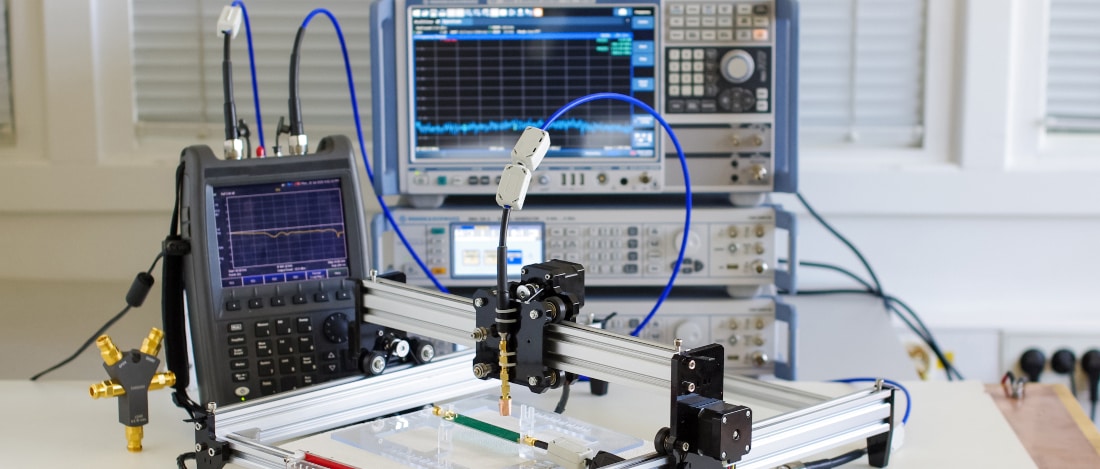
Substantial amendments have now been made to the European MME emission requirements standard. This blog post explains the background to the amendments and how users will benefit from the changes.
BS EN 55032:2015+A1:2020 Electromagnetic compatibility of multimedia equipment — Emission requirements is the latest incarnation of a popular European standard that covers emission requirements of multimedia equipment (MME). It establishes requirements that provide an adequate level of protection of the radio spectrum, allowing radio services to operate as intended in the frequency range 9 kHz to 400 GHz. It also specifies procedures to ensure the reproducibility of measurement and the repeatability of results.
BS EN 55032 was developed to reflect the fact that modern IT, communication and audio-video equipment now often integrates many different functions, features and capabilities that in the past were covered by different compliance standards.
It’s therefore a popular standard because it replaces separate compliance standards for different features. This makes the testing of multimedia appliances simpler, more convenient and more time efficient. It solves the question that was previously asked regarding which was the correct standard to use.
That said, this amendment has arisen from a need to update the standard so that it reflects new and changing technologies, new test methods, and issues in the 2015 standard that were identified by users.
A list of topics on the necessary changes was produced in 2016, after which a series of drafts were issued to national committees for comment and vote. These were issued separately until the Final Vote stage at which point they were merged into one document. The IEC amendment was published in 2019 and CENELEC has now adopted it.
Changes in detail
The most significant change for a user of the standard is the test method and limits above 1 GHz. It was recognized that using the existing methodology there was a significant probability that the maximum emission levels would not be measured. To deal with this, the amendment now requires the measurement antenna to be height scanned between 1 and 4m. This amendment also changes the emission limits between 1 – 3 GHz, relaxing them by 4 dB (due to a higher probability of capturing a greater maximum level and this also aligns them with the FCC Part 15 limits). Overall these changes should actually bring greater protection to mobile receivers.
The application of Measurement Instrumentation Uncertainty (MIU) has also been changed significantly. Whereas the previous version only required the test laboratory to calculate their MIU for each measurement, it’s now required that test laboratories implement the full application of CISPR 16-4-2. That means comparing their calculated MIU, Ulab, with the defined values of UCISPR and where Ulab is greater adjusting the measured result by the difference prior to determining compliance with the limit.
Additions to the standard
In addition, a definition of spectral masks for wired network ports has been introduced. Where the signals due to the transmission technology are below the appropriate mask then only the conducted common mode emission at the wired network port needs to be assessed. For high speed ports this should make measurements easier as specialist AANs will not be required. Also, for wired network port measurements, examples of alternative AAN designs were added.
Finally, in terms of editorial changes, considerable improvements have been made to Annex H related to satellite equipment. Improvements have also been made to the example arrangement figures so they better reflect the normative text; as well as to a technology-neutral definition of a colour bar for exercising displays. There’s also a clearer arrangement of distances and tolerances.
All told, new methods and improved clarity will make the standard more effective and more efficient to use. The changes will also ensure that the standard remains relevant as electronic products continue evolving to meet the demands of a smart energy environment.



